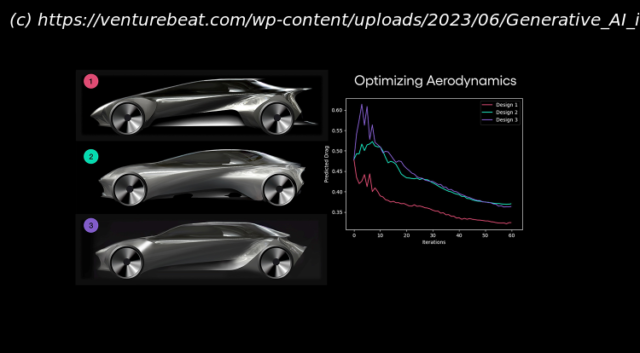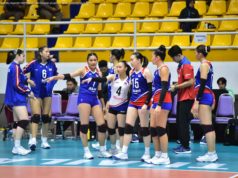The tool enables designers to generate design sketches through text prompts, while incorporating precise stylistic attributes.
Toyota Research Institute (TRI) unveiled an innovative generative artificial intelligence (AI) tool that aims to enhance the creative process of vehicle designers. The tool enables designers to generate design sketches through text prompts, incorporating precise stylistic attributes such as “sleek,” “SUV-like” and “modern.” Additionally, designers can optimize quantitative performance metrics to create an initial prototype sketch.
The company said this innovation will empower designers to explore their creativity while ensuring efficient and effective design development.
TRI researchers have also published two papers describing how the developed technique can be incorporated into other text-to-image-based generative AI models. These papers shed light on the tool’s image-generation process.
The team merged principles from optimization theory, which is extensively used in computer-aided engineering, with text-to-image-based generative AI. As a result, the algorithm allows designers to optimize engineering constraints while preserving their text-based stylistic prompts for the generative AI process.Enhancing image generation
Designers can now implicitly integrate vehicle constraints such as drag, which directly impacts fuel efficiency, and chassis dimensions like ride height and cabin dimensions, which affect handling, ergonomics, and safety to enhance their image generation.
“Current text-to-image generative AI tools primarily focus on adhering to the designer’s text-based stylistic guidelines when generating potential images,” Avinash Balachandran, director of the Human Interactive Driving (HID) division at Toyota Research Institute, told VentureBeat. “Our technique allows users to explicitly incorporate and optimize over-engineering constraints like drag or ride height while generating images that adhere to the designer’s stylistic guidelines.
Start
United States
USA — Art Toyota Research Institute unveils generative AI-powered vehicle design tool






